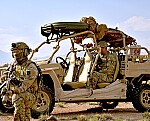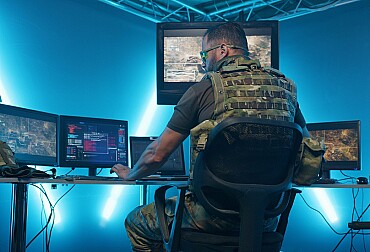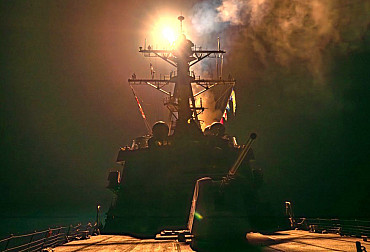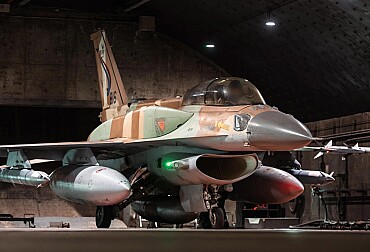U.S. Intelligence Community Threat Assessment
The U.S. Intelligence Community (IC) recently published its annual threat assessment for 2024. This document gives an approximate outlook of the main threats to the United States and the international community overall. The report focuses mainly on China, Russia, North Korea, and Iran.
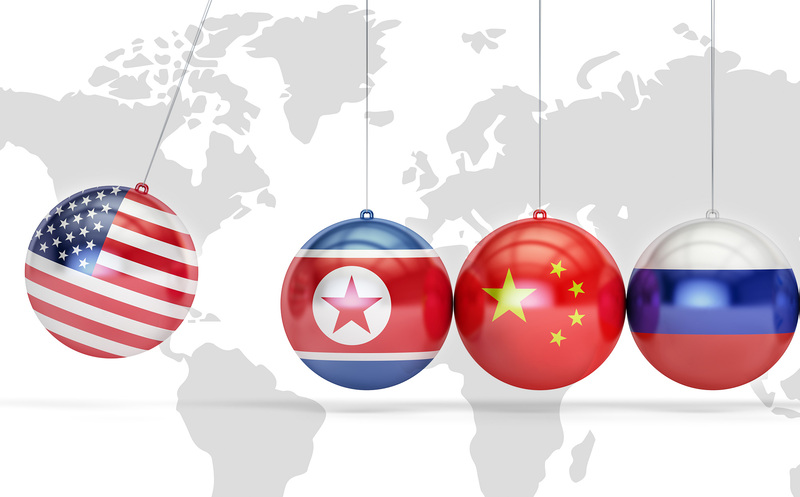
In the context of Chinese activities, the IC concludes that China does not back down from its regional and global ambitions. However, Chinese ambitions are and are likely to be influenced by ongoing socioeconomic problems. In the military domain, the Chinese People’s Liberation Army (PLA) operates a number of advanced systems, including DF-17 DF-17 missiles equipped with hypersonic glide vehicles and fifth-generation fighter jets. Moreover, PLA has preeminence in the field of Artificial Intelligence.
China continues to claim sovereignty over Taiwan and most of the South China Sea. Regarding Taiwan, China is very likely to continue military and economic pressure in connection with the result of Taiwanese presidential election and the U.S. support for the island. Regarding the South China Sea, China is very likely to use advanced capabilities in the maritime domain to support its sovereignty claims mainly against the Philippines. It is also very likely that China will continue its claimant activities in the East China Sea.
China is also very likely to continue to build overseas military bases to support its global ambitions. The PLA considers building bases in Central Asia and on both sides of Africa. China is also developing capabilities in space, especially counterspace capabilities and advanced ISR satellites. One cannot forget to mention the Chinese nuclear capabilities that continue to grow to match the U.S. nuclear forces in the coming decades.
In the context of the Russian invasion of Ukraine, IC notes that the main Russian goal is to undermine U.S. and Western influence. However, Russia almost certainly does not seek a direct conflict with the United States. It is almost certain that Russia will deepen its cooperation with China, North Korea, and Iran in the military and economic domain to leverage those ties in connection with its invasion of Ukraine and sanctions that, at least partially, hampered Russian economy and especially its defense industry.
Militarily, Russia has suffered huge losses in Ukraine. Therefore, it is likely that Russia will rely on its nuclear potential for the foreseeable future as a deterrent in the potential conflict with NATO. It is also very likely that Russia will continue its nuclear cooperation with Belarus and deploy tactical nuclear weapons on Belarussian soil.
In the context of Iranian regional actions, the IC emphasizes that Iran poses a regional threat to U.S. interests in the Middle East. Iran has the largest inventory of ballistic and cruise missiles in the region and is seeking to improve their accuracy. Most importantly, the Iranian theocratic regime will almost certainly continue with its efforts to acquire nuclear weapons and space launch vehicles, which could be used for additional research aimed at developing indigenous intercontinental ballistic missiles.
In the context of North Korea activities on and in the vicinity of the Korean peninsula, the North Korean regime poses a threat to U.S. interests in the region. Kim Jong Un is very likely to continue to develop his missile program, both conventional and nuclear. The North Korean Army is very likely to continue the development of capabilities needed to deter intervention and coercion in the political domain to ease economic pressure on his regime.
From the IC threat assessment, one could conclude that for the U.S. IC, China is a top priority and a pacing threat followed by Russia, which is currently heavily engaged in Ukraine and, according to the IC, does not seek direct conflict neither with the U.S. nor the NATO. Those two countries are followed by Iran and North Korea, countries that will very likely pose only regional threats within their respective regions, expect cyber and space capabilities. The most important threat from Iran and North Korea is their cooperation with both China and Russia. Especially in the Russian case, both countries help to circumvent economic sanctions and support Russian war efforts in Ukraine with direct military aid while China hesitates to supply Russian troops with direct military aid and supports Russia rather in the economic domain.



